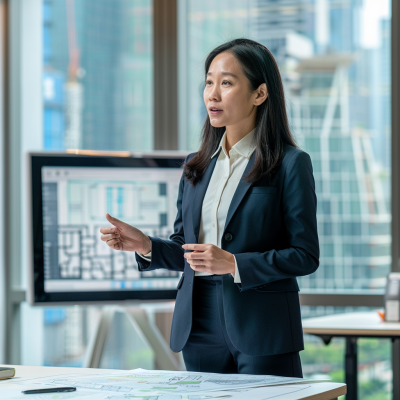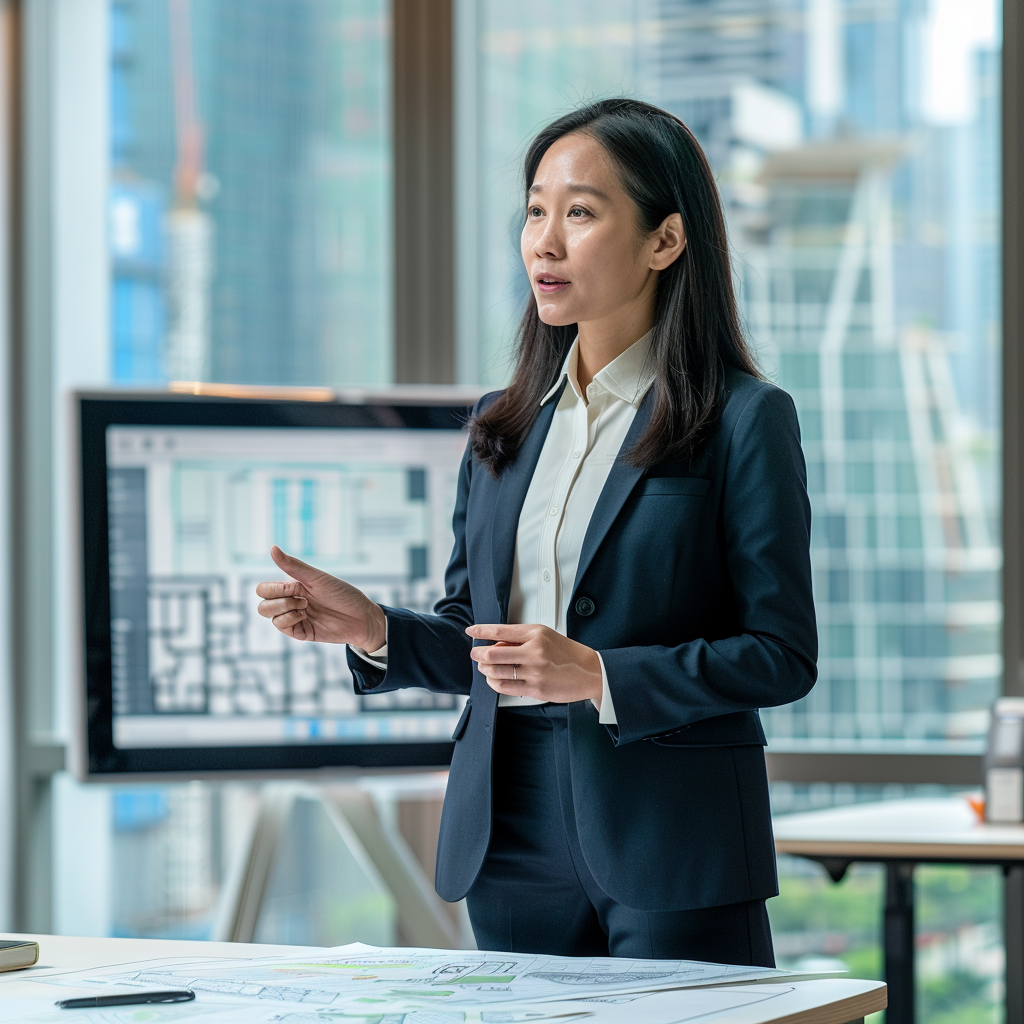Table of Contents
Table of Contents
Understanding the external environment is critical for success in the commercial property sector. A commercial property management PEST analysis serves as a crucial tool, offering insights that guide property developers, investors, and managers in navigating the market’s complexities.
What is a commercial property management PEST analysis?
A PEST analysis for commercial properties delves into the significant external factors that impact this sector. It is instrumental in navigating the nuanced landscape of commercial real estate, marked by fluctuations in market demand, regulatory changes, and evolving economic conditions. The analysis focuses on four main areas:
- Political: The landscape includes zoning laws, property taxes, and government regulations on commercial development. These factors can significantly influence investment decisions and operational costs.
- Economic: Trends such as interest rates, economic growth, and employment rates affect the overall demand for commercial spaces. Understanding these trends is vital for strategic planning and market positioning.
- Sociological: Shifts in work culture, such as the rise of remote working or preferences for green buildings, impact tenant demands. Keeping abreast of these shifts is essential for aligning property offerings with tenant needs.
- Technological: Advancements in building security technology and property management software are transforming the way commercial properties are developed, marketed, and managed. Staying updated with these technologies ensures operational efficiency and competitive advantage.
See how Solink can help your commercial property management business.

PEST vs PESTLE
Expanding PEST analysis to PESTLE by incorporating legal and environmental factors offers a more comprehensive overview, crucial for commercial property developments.
- Legal: Navigating complex legal frameworks, including zoning laws, building codes, and lease regulations, is essential for commercial property management and development. Legal compliance not only mitigates risk but also impacts the feasibility and profitability of projects.
- Environmental: Environmental considerations are increasingly important in the commercial property sector. Sustainable development practices, energy efficiency, and the environmental impact of property development are under scrutiny from regulators, tenants, and the public. Incorporating environmental considerations into property development and management strategies is becoming a necessity for market competitiveness and regulatory compliance.
Commercial property managementPEST analysis examples
Navigating external factors is crucial for adapting to the evolving landscape of the commercial property sector. Here are three scenarios where commercial property management PEST analysis provides valuable insights:
- Adoption of green building practices
- Impact of remote work on office spaces
- Economic downturns and commercial property demand
Commercial property management PEST analysis 1: Adoption of green building practices
The push towards sustainability is reshaping the commercial property landscape, with green buildings becoming a significant trend. This movement is driven by a combination of regulatory pressure, economic incentives, and changing tenant preferences.
Green buildings, characterized by energy efficiency, sustainable resource use, and minimal environmental impact, are not just a regulatory compliance measure but also a strategic asset in the property market. They can command higher rents, attract quality tenants, and ensure long-term savings on operational costs.
- Political: Governments worldwide are introducing regulations and incentives to promote sustainable development in the commercial property sector.
- Economic: Initially higher costs for green building are often offset by long-term savings in energy and operational expenses, appealing to investors focused on sustainability.
- Sociological: A growing awareness of environmental issues among tenants and consumers is driving demand for green buildings.
- Technological: Advances in sustainable construction materials and energy-efficient building systems are facilitating the rise of green buildings.
- Legal: Compliance with environmental legislation and building codes is becoming stricter, making green building practices not just beneficial but necessary.
Environmental: Green buildings directly contribute to reducing the carbon footprint and environmental impact of the commercial property sector.
Commercial property PEST analysis 2: Impact of remote work on office spaces
The surge in remote work, accelerated by recent global events, has fundamentally altered the demand and design of office spaces. This shift prompts a reevaluation of space utilization, with a growing preference for flexible, tech-enabled, and health-conscious designs.
The traditional office is being transformed to accommodate hybrid work models, prioritizing spaces that foster collaboration for employees who split their time between home and office. This evolution in office space design reflects broader changes in work culture and technological capabilities, challenging developers and property managers to adapt quickly.
- Political: Workplace safety regulations and guidelines are evolving to address the hybrid work model, affecting office space design and utilization.
- Economic: The economic implications of remote work are profound, influencing demand for office space and shaping investment strategies in commercial real estate.
- Sociological: Shifts in work culture towards greater flexibility and work–life balance are changing tenant requirements for office spaces.
- Technological: The need for high-tech, connected workspaces to support hybrid working models is driving innovation in office design and facilities, including the utilization of AI.
- Legal: Legal considerations around leasing agreements and workplace regulations are becoming more complex as office space usage patterns change.
- Environmental: There’s a growing emphasis on creating healthier workplaces with better air quality, natural light, and green spaces, aligning with broader environmental sustainability goals.
Commercial property PEST analysis 3: Economic downturns and commercial property demand
Economic downturns pose significant challenges for the commercial property sector, affecting everything from tenant solvency to investment valuations. In these times, property managers and developers must be especially adept at adjusting their strategies to maintain occupancy rates, manage costs, and position their properties for recovery.
The impact of an economic downturn can vary across different types of commercial properties, with retail and office spaces often hit hardest. Strategic adaptations, such as flexible leasing terms and diversification of property portfolios, become crucial for navigating these challenging economic conditions.
- Political: Government interventions, such as stimulus packages or tax relief measures, can significantly influence the commercial property market during downturns.
- Economic: Fluctuations in demand, rent levels, and property values are direct consequences of economic downturns, requiring agile financial management and strategic planning.
- Sociological: Economic challenges can accelerate changes in how spaces are used, pushing for more versatile and multi-use commercial environments.
- Technological: In an economic downturn, technology plays a key role in optimizing property management costs and enhancing the appeal of properties through digital amenities.
- Legal: Changes in regulations and laws in response to economic conditions can affect leasing, financing, and development activities in the commercial property sector.
Environmental: Despite economic pressures, the trend towards sustainability persists, with tenants and investors increasingly valuing eco-friendly properties.
Solink and commercial property industry: Navigating complexities together
The commercial property industry is shaped by a complex interplay of political, economic, sociological, technological, legal, and environmental factors. Solink’s innovative solutions offer commercial property businesses the insights needed to navigate these complexities, enhancing strategic decision-making and operational efficiency.
By leveraging Solink, commercial property professionals can adapt to external changes, seize growth opportunities, and meet the evolving demands of the marketplace effectively.
Are you looking to improve security in the face of economic uncertainty? Find out how Solink can help.

